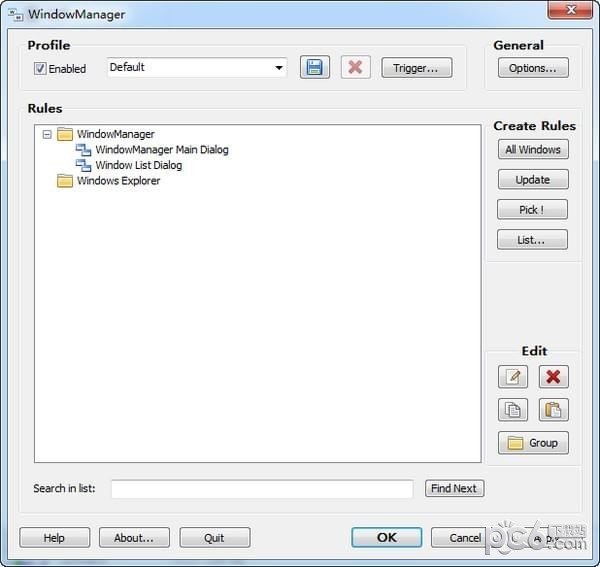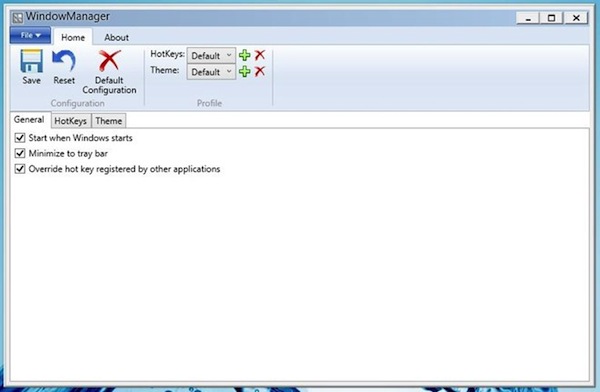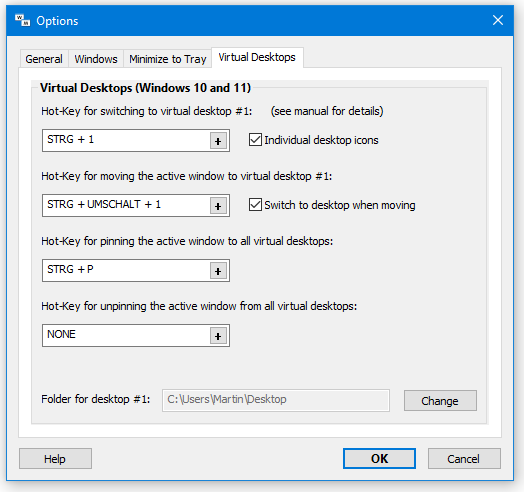
Unity is a complete desktop environment developed by Canonical for Ubuntu to succeed GNOME2.

They tend to be most complete, most integrated, most polished, and therefore tend to count among the flagships of the Linux world. I call these choices “mainstream” because they are the window managers and desktop environments that most often ship by default in the most popular Linux distributions, same ones that typically aim for ease of use, attractive appearance, and powerful features. Desktop Environments – The “Mainstream” Choices
Windowmanager review windows#
For example you might want an environment that is sleek and visually pleasant, well integrated, and offering many helpful features or your sole focus may be speed and simplicity, or you might simply want something that closely mimics what you’re already used to (such as Windows and OSX environments).

Having a decent idea of what you’re looking for goes a long way towards choosing what’s right for you. Different people may be served by different things as everyone may have their own definition of what works for them and what gets in the way. Ideally you want the environment to serve you and be adapted to your needs and desires rather than getting in the way. The choice of a window manager or a desktop environment comes down to your preferences in terms of look and feel as well as your needs in terms of desired functionality and workflow. Here we cover both window managers and desktop environments as we’re focusing mainly on the end user experience. Deskop environments are a bit fuzzy to define, but you can think of them as window managers with various complementary components added. A deskop environment includes a window manager, but integrates it with a larger set of tools and processes that typically make it a smoother and richer experience. What we’re interested in is what it draws and how do we interact with it, and that’s where Window Managers, and more broadly Desktop Environments, come in.Ī Window Manager is what allows you to actually open, move, resize, dock or otherwise manipulate windows of an application using your mouse and keyboard, and they come in many varying forms. It does its job of drawing stuff and hopefully does it well. In Linux this is typically the X Windows system (Xorg or X11), and new ones are being developed (Wayland, Mir etc.).
Windowmanager review software#
So what do you choose, and how best to choose? Before answering that, along with an overview of a number of representative choices, let’s just clarify what is it that makes up the user interface (or UI for short).Īt the foundation of it all is a software engine that enables the very display of graphical elements and the capability of controlling them with a mouse and keyboard.

In fact the choice of a prefered user interface may play a significant part in the choice of a Linux distribution since the default desktop environment, including the window manager, panels, menus, and default apps, tend to get the most attention and polish through higher attention to detail, better integration, better support, and so on. In the world of Linux operating systems, as well as other open source UNIX based systems like FreeBSD or openSolaris, this capability is a given. The idea that you could just change the way your computer’s user interface looks like and behaves is pretty foreign to most people that typically use Windows or Apple’s OSX.


 0 kommentar(er)
0 kommentar(er)
